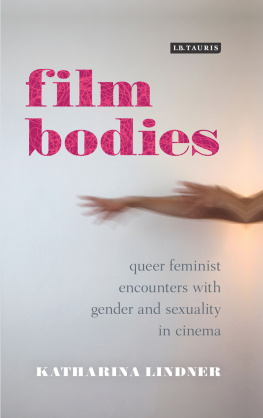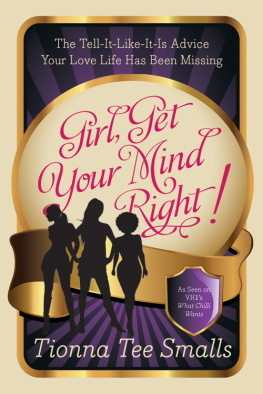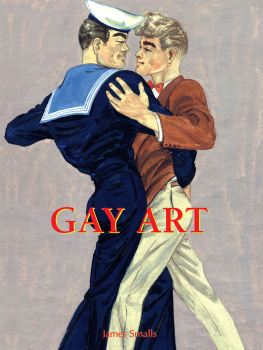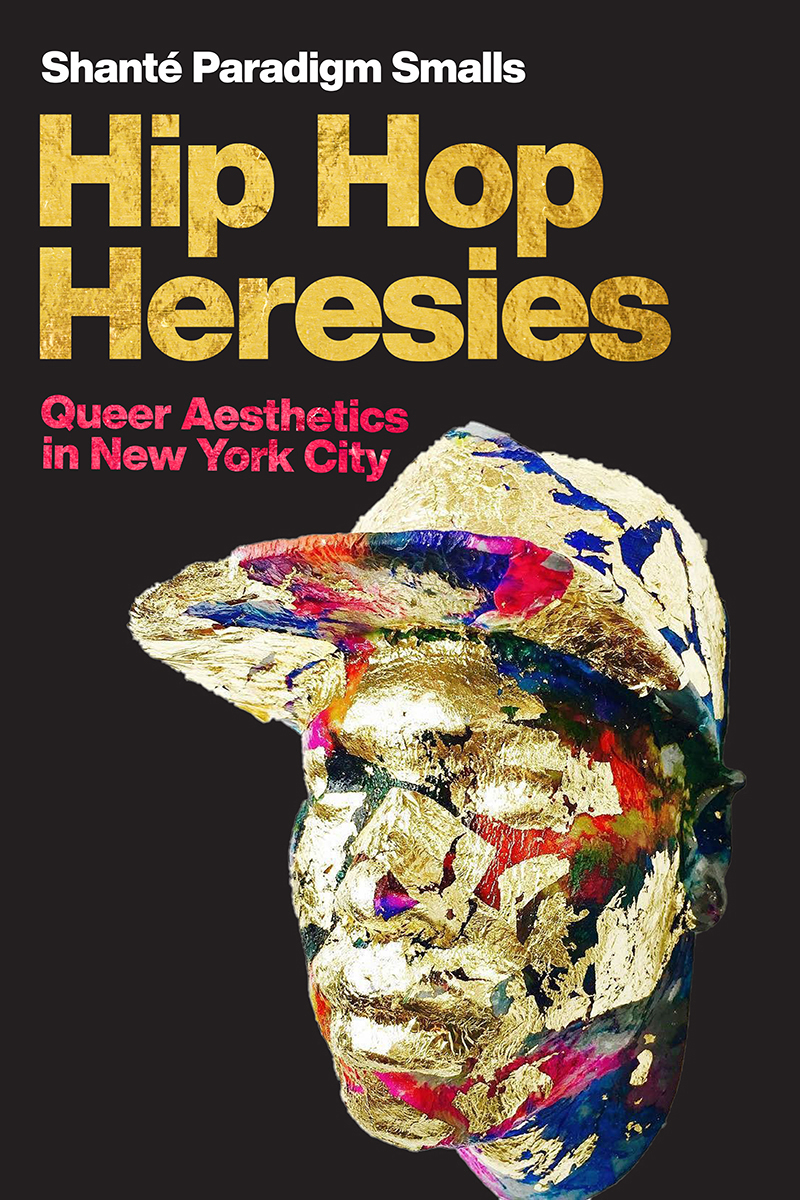Shanté Paradigm Smalls - Hip Hop Heresies: Queer Aesthetics in New York City
Here you can read online Shanté Paradigm Smalls - Hip Hop Heresies: Queer Aesthetics in New York City full text of the book (entire story) in english for free. Download pdf and epub, get meaning, cover and reviews about this ebook. year: 2022, publisher: NYU Press, genre: Science. Description of the work, (preface) as well as reviews are available. Best literature library LitArk.com created for fans of good reading and offers a wide selection of genres:
Romance novel
Science fiction
Adventure
Detective
Science
History
Home and family
Prose
Art
Politics
Computer
Non-fiction
Religion
Business
Children
Humor
Choose a favorite category and find really read worthwhile books. Enjoy immersion in the world of imagination, feel the emotions of the characters or learn something new for yourself, make an fascinating discovery.

- Book:Hip Hop Heresies: Queer Aesthetics in New York City
- Author:
- Publisher:NYU Press
- Genre:
- Year:2022
- Rating:3 / 5
- Favourites:Add to favourites
- Your mark:
Hip Hop Heresies: Queer Aesthetics in New York City: summary, description and annotation
We offer to read an annotation, description, summary or preface (depends on what the author of the book "Hip Hop Heresies: Queer Aesthetics in New York City" wrote himself). If you haven't found the necessary information about the book — write in the comments, we will try to find it.
Unearths the queer aesthetic origins of NYC hip hop
Hip Hop Heresies centers New York City as a space where vibrant queer, Black, and hip hop worlds collide and bond in dance clubs, schools, roller rinks, basketball courts, subways, and movie houses. Using this cultural nexus as the stage, Shant Paradigm Smalls attends to the ways that hip hop cultural production in New York City from the 1970s through the early twenty-first century produced film, visual art, and music that offer queer articulations of race, gender, and sexuality.
To illustrate New York City as a place of experimental aesthetic collaboration, Smalls brings four cultural moments to the forefront: the life and work of the gay Chinese American visual and graffiti artist Martin Wong, who brokered the relationship between New York City graffiti artists and gallery and museum spaces; the Brooklyn-based rapper-singer-writer-producer Jean Grae, one of the most prolific and underrated emcees of the last two decades; the iconic 1980s film The Last Dragon, which exemplifies the experimental and queer Black masculinity possible in early formal hip hop culture; and finally queer- and trans-identified hip hop artists and groups like BQE, Deepdickollective, and Hanifah Walidah, and the documentary Pick Up the Mic.
Hip Hop Heresies transforms the landscape of hip hop scholarship, Black studies, and queer studies by bringing together these fields through the hermeneutic of aesthetics. Providing a guidepost for future scholarship on queer, trans, and feminist hip hop studies, Hip Hop Heresies takes seriously the work that New York City hip hop cultural production has done and will do, and advocates a form of hip hop that eschews authenticity in favor of performativity, bricolage, and pastiche.
Shanté Paradigm Smalls: author's other books
Who wrote Hip Hop Heresies: Queer Aesthetics in New York City? Find out the surname, the name of the author of the book and a list of all author's works by series.






